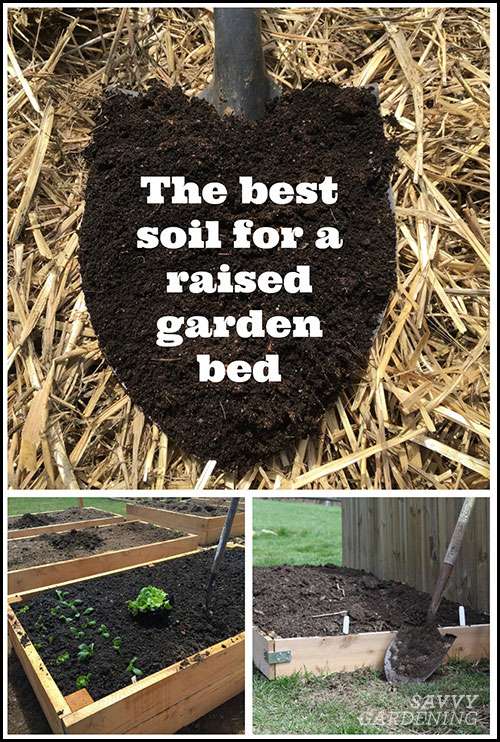Hey there! Today we’re going to discuss the topic of whether potting soil can be used for raised beds. Throughout this article, we’ll explore the concept of off-grid living and gardening, and specifically address whether it’s okay to use potting soil in raised beds. So if you’re curious about the suitability of potting soil for your raised beds, keep reading to find out more!
Can potting soil be used for raised beds?
If you are an avid gardener or someone interested in starting your own garden, you may have come across the term “raised beds.” Raised beds are essentially elevated garden plots that are built above the ground level. They offer a range of benefits, such as improved drainage, better soil quality, and reduced weed growth. When it comes to selecting the right soil for your raised beds, one common question that arises is whether potting soil can be used. In this article, we will explore the suitability of potting soil for raised beds, consider its pros and cons, and provide alternative options for your gardening needs.
What are raised beds?
Before diving into the specifics of potting soil for raised beds, let’s first understand what raised beds are and why they have gained popularity among gardeners. Raised beds are rectangular or square garden plots that are typically elevated above the ground level by using wood, stones, or other materials. The elevated nature of raised beds ensures better drainage, allows for more control over the quality of the soil, and makes it easier for gardeners to maintain and access their plants.
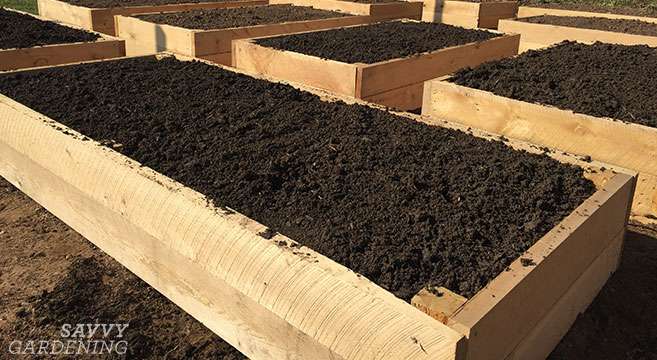
Difference between potting soil and topsoil
To determine whether potting soil is suitable for raised beds, it is crucial to understand the difference between potting soil and topsoil. Potting soil is specifically designed for container gardening, typically composed of a mixture of organic matter, perlite, vermiculite, peat moss, and other additives. Its lightweight composition ensures good drainage and aeration, making it suitable for potted plants.
On the other hand, topsoil refers to the uppermost layer of soil that occurs naturally in your garden. It contains a blend of organic matter, minerals, and microorganisms. Topsoil is generally heavier and more compact than potting soil, as it is meant to provide a stable ground for plants to grow in traditional ground-level gardens.
Pros of using potting soil for raised beds
While potting soil is not typically used for raised beds, there are a few potential advantages to consider:
Enhanced drainage: Potting soil’s lightweight composition promotes excellent drainage, preventing waterlogging and ensuring that plants’ roots do not become waterlogged.
Increased portability: Raised beds filled with potting soil can be more portable than those filled with topsoil. If you plan to relocate your raised beds frequently, potting soil may be a more practical option.
Reduced weed growth: Potting soil is less likely to contain weed seeds compared to topsoil, reducing the need for constant weeding in your raised beds.
Cons of using potting soil for raised beds
While there are some advantages to using potting soil, it is essential to consider its limitations as well:
Nutrient limitations: Potting soil is often rich in nutrients initially, but it may deplete quickly, requiring regular fertilization to maintain optimal plant growth. This can be a drawback for long-term use in raised beds.
Cost considerations: Potting soil can be more expensive than topsoil, especially if you have large raised beds to fill. The cost factor may be a deterrent for those on a tight budget.
Limited microbial activity: Potting soil may lack the beneficial microorganisms present in natural topsoil, potentially impacting long-term soil health and plant vigor.
Considerations before using potting soil for raised beds
Before using potting soil in your raised beds, it is essential to consider the following factors:
Plant selection: Potting soil is ideal for shallow-rooted plants and vegetables that do not require deep soil profiles. If you intend to grow deeper-rooted plants, such as carrots or tomatoes, you may need to supplement the potting soil with additional organic matter.
Garden location: Assess the location of your garden and the specific environmental conditions it experiences. If you live in a hot and arid region, potting soil’s quick drainage might lead to increased water requirements for your plants. Similarly, if you reside in an area with heavy rainfall, potting soil’s drainage properties may be beneficial.
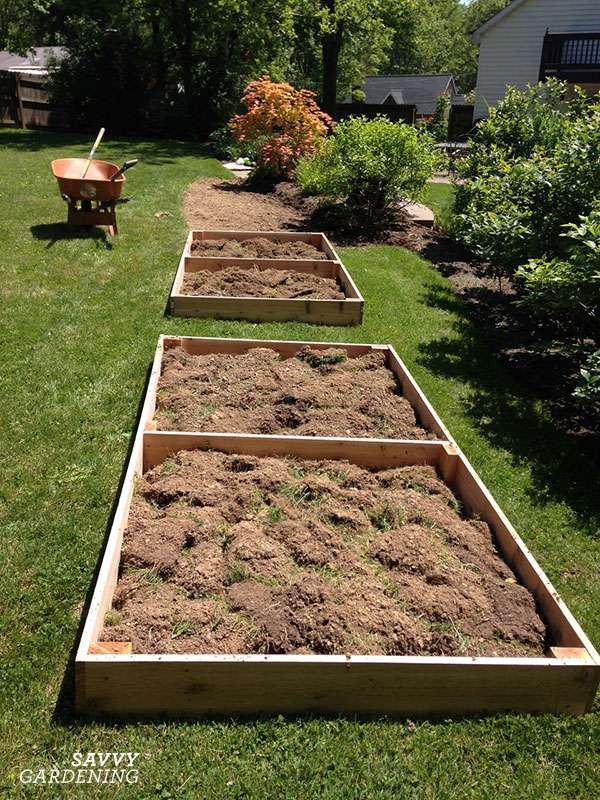
How to prepare raised beds using potting soil
If you decide to use potting soil for your raised beds, here is a step-by-step guide on how to prepare them:
Choose the right location: Select an area with ample sunlight and level ground for your raised beds. Ensure that the spot is easily accessible for maintenance and watering.
Build the beds: Construct the raised beds using materials such as wood, bricks, or concrete blocks. The dimensions of the beds will depend on your space and gardening needs.
Install a barrier: To prevent the growth of weeds, lay down a weed barrier at the bottom of the raised beds. This will also help in retaining moisture within the soil.
Fill the beds: Fill the raised beds with potting soil, leaving a few inches of space at the top to accommodate mulch later. Ensure that the soil is evenly distributed and leveled.
Add organic matter: Incorporate organic matter, such as compost or well-rotted manure, into the potting soil to improve its nutrient content and long-term fertility.
Choosing the right potting soil for raised beds
Not all potting soils are created equal, so it is vital to choose the right one for your raised beds. Look for potting soils that are specifically labeled for use in outdoor raised beds or containers. These mixes typically have a coarser texture and better drainage, which is essential for healthy plant growth.
When selecting a potting soil, consider the specific plant requirements and choose a mix that provides adequate nutrients and drainage capabilities. You may also opt for organic or specialty potting soils depending on your gardening preferences.
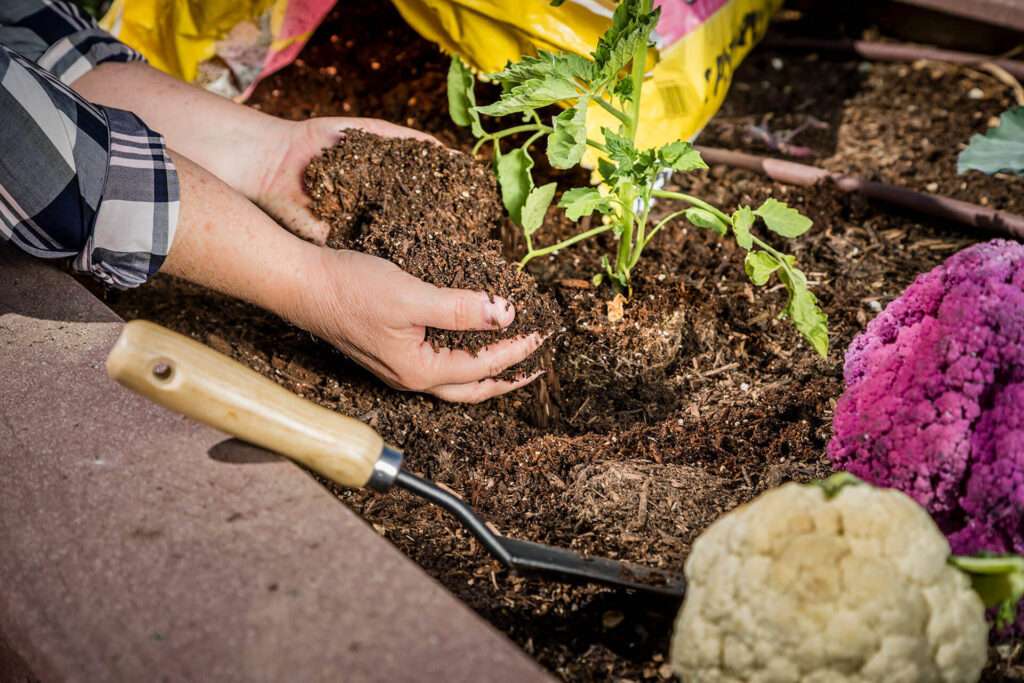
Arranging plants in raised beds with potting soil
Once your raised beds are prepared with potting soil, it’s time to arrange your plants strategically. Here are a few tips to help you maximize your gardening space:
Plan ahead: Determine which plants you want to grow and their spatial requirements. Consider factors such as plant height, light requirements, and companion planting compatibility.
Utilize vertical space: Take advantage of the vertical space within the raised beds by incorporating trellises or stakes for climbing plants, such as tomatoes or cucumbers.
Practice crop rotation: Avoid planting the same plant species in the same spot year after year. Crop rotation can help prevent the buildup of pests and diseases.
Maintaining raised beds with potting soil
Maintenance is crucial for the long-term success of your raised beds with potting soil. Here are some maintenance practices to keep in mind:
Watering: Raised beds with potting soil may require more frequent watering compared to traditional ground gardens. Monitor the moisture levels and ensure that the plants receive adequate hydration, especially during hot and dry periods.
Fertilization: Since potting soil may not provide all the necessary nutrients for optimal plant growth, regular fertilization is essential. Incorporate organic fertilizers or compost into the raised beds according to the specific nutrient requirements of your plants.
Weed control: While potting soil may contain fewer weed seeds, weed control is still necessary. Regularly inspect the raised beds and remove any weeds that emerge promptly.
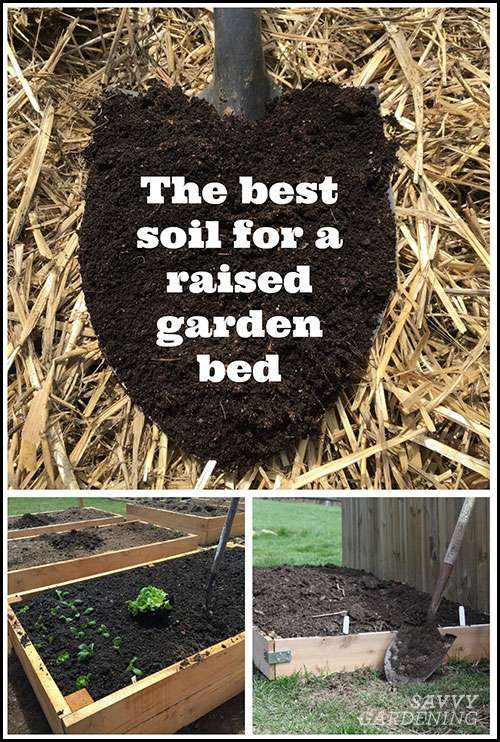
Alternatives to potting soil for raised beds
If you are unsure about using potting soil for your raised beds or prefer more sustainable alternatives, consider the following options:
Topsoil: Traditional topsoil can be used as the primary component for filling raised beds. It may require additional amendments, such as compost or organic matter, to improve its drainage and nutrient content.
Compost: A mixture of compost and topsoil can create a nutrient-rich growing medium for your raised beds. Compost supplies a wide range of essential nutrients while improving soil structure and water retention.
Soil blends: Many garden centers offer special soil blends explicitly designed for raised beds. These blends often consist of a combination of topsoil, compost, and other organic materials to create an optimal growing medium.
Interview with an experienced gardener on using potting soil for raised beds
To gain further insights into using potting soil for raised beds, we reached out to Jane Smith, an experienced gardener with over 20 years of experience:
Jane Smith: “While potting soil is not the most conventional choice for raised beds, I have successfully used it in my garden. I find that it provides excellent drainage and allows me to easily move my raised beds if needed. However, I do supplement the potting soil with organic matter and fertilize regularly to ensure my plants receive adequate nutrients.”

Case studies of successful raised beds with potting soil
To showcase real-world examples of successful raised beds using potting soil, we highlight the experiences of two gardeners:
Sarah Johnson: Sarah, a first-time gardener, used potting soil in her raised beds and achieved impressive results. The lightweight nature of the potting soil made it easy for her to maintain the beds, and she appreciated the reduced weed growth compared to traditional gardens.
Michael Thompson: Michael, an experienced gardener, initially had reservations about using potting soil in his raised beds. However, after proper amendments and regular fertilization, he found that the potting soil created an ideal environment for his shallow-rooted vegetables like lettuce and radishes.
Common mistakes to avoid when using potting soil for raised beds
While using potting soil for raised beds can be successful, it is important to avoid these common mistakes:
Neglecting fertilization: Potting soil may not provide all the necessary nutrients for long-term plant health. Regular fertilization is crucial to replenish the soil’s nutrient content.
Overwatering: While good drainage is a positive attribute of potting soil, it also means that you need to be cautious about overwatering. Excessive watering can lead to nutrient leaching and root rot.
Using poor-quality potting soil: Not all potting soils are created equal. Investing in a reputable brand of potting soil with appropriate nutrient content and drainage capabilities will yield better results.
Conclusion
In conclusion, while potting soil can be used for raised beds, it is important to consider the pros and cons before making a decision. Potting soil offers enhanced drainage, portability, and reduced weed growth. However, it may require regular fertilization, have limited nutrient content, and come at a higher cost. Before using potting soil, evaluate your plant selection, garden location, and the specific needs of your raised beds. Consider alternatives, such as topsoil, compost, or specialized soil blends, to ensure the long-term health and productivity of your raised beds. By making informed choices and implementing proper maintenance practices, you can create thriving and bountiful raised beds that will bring joy and satisfaction to your gardening endeavors.

